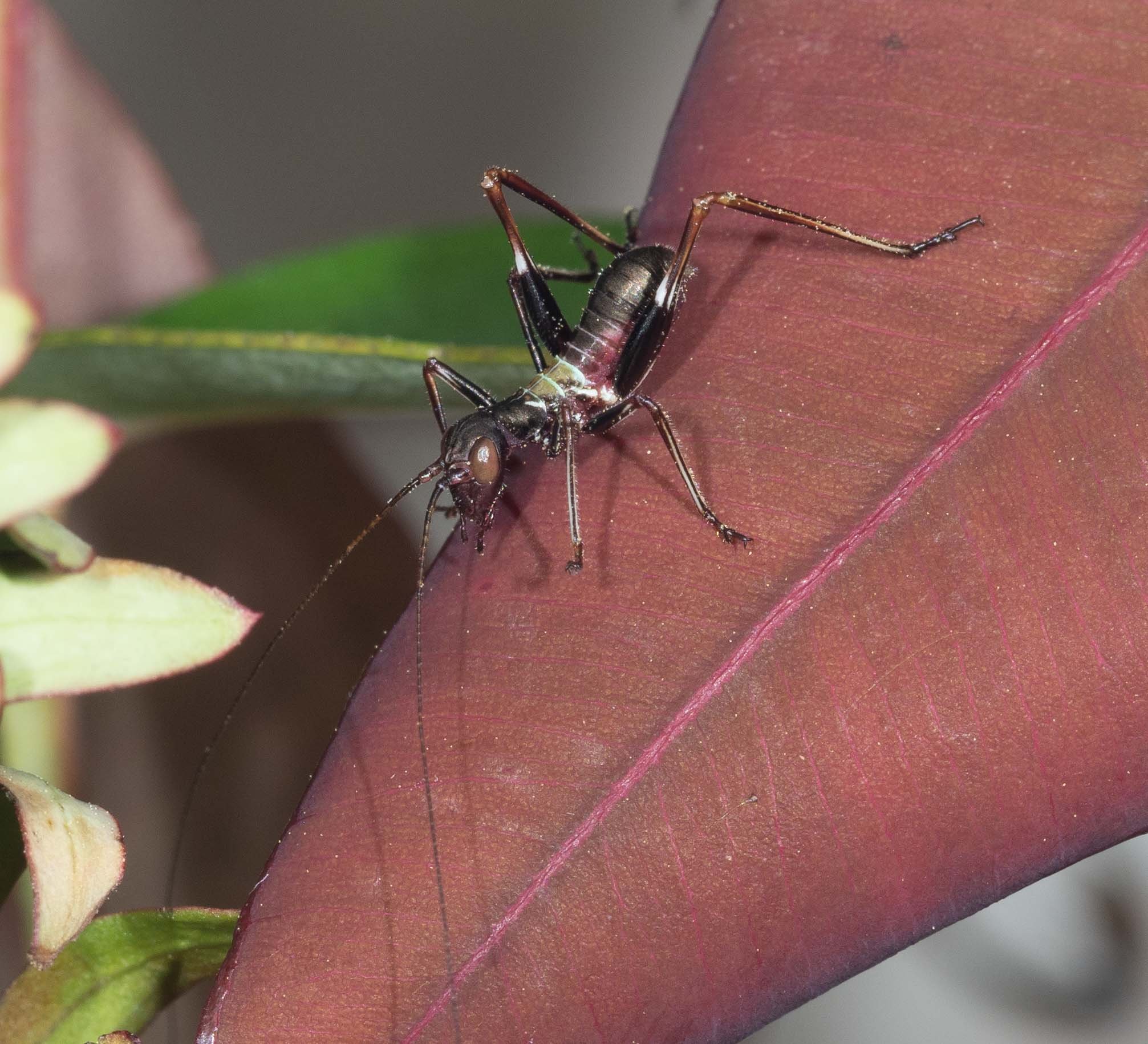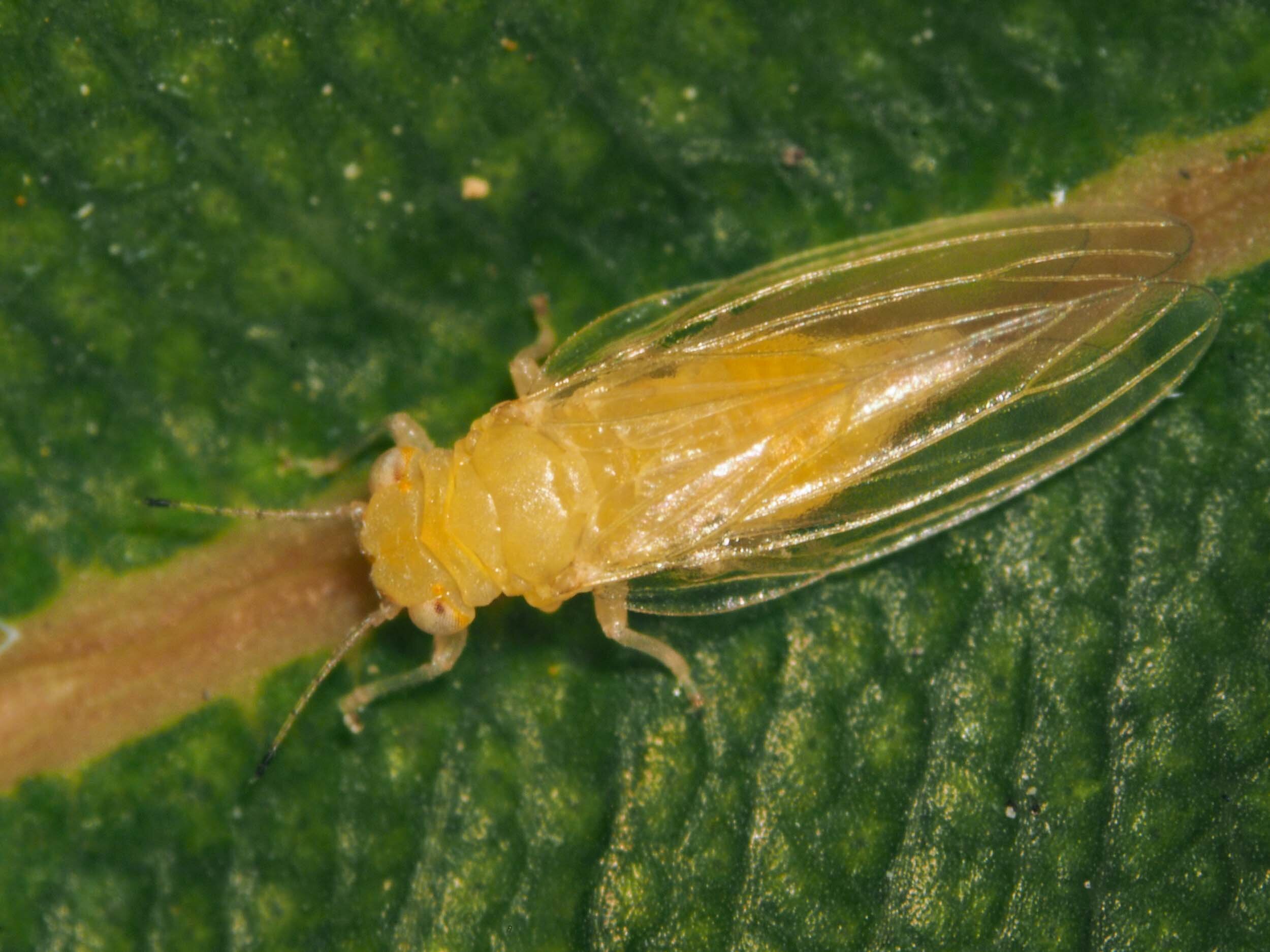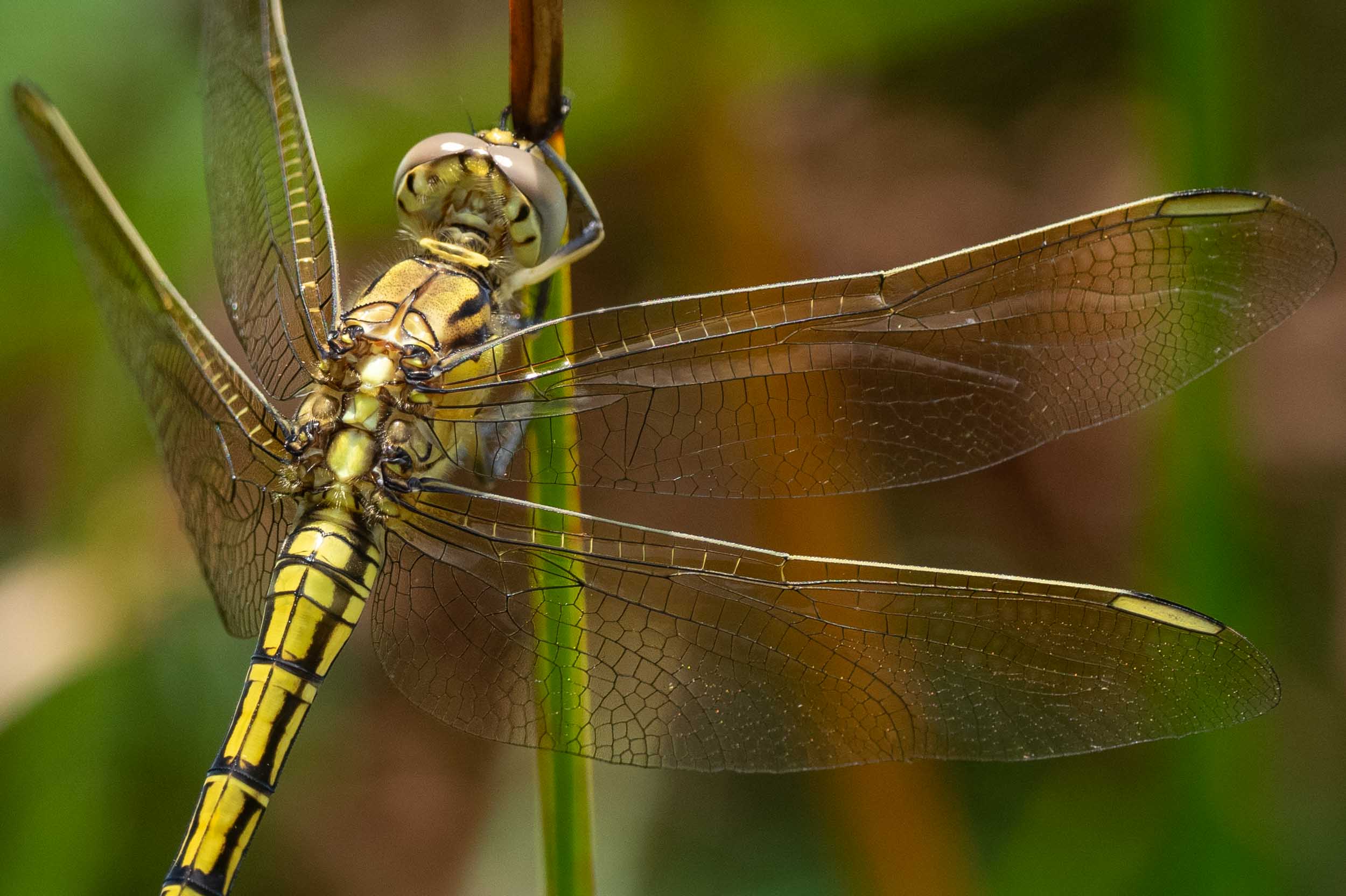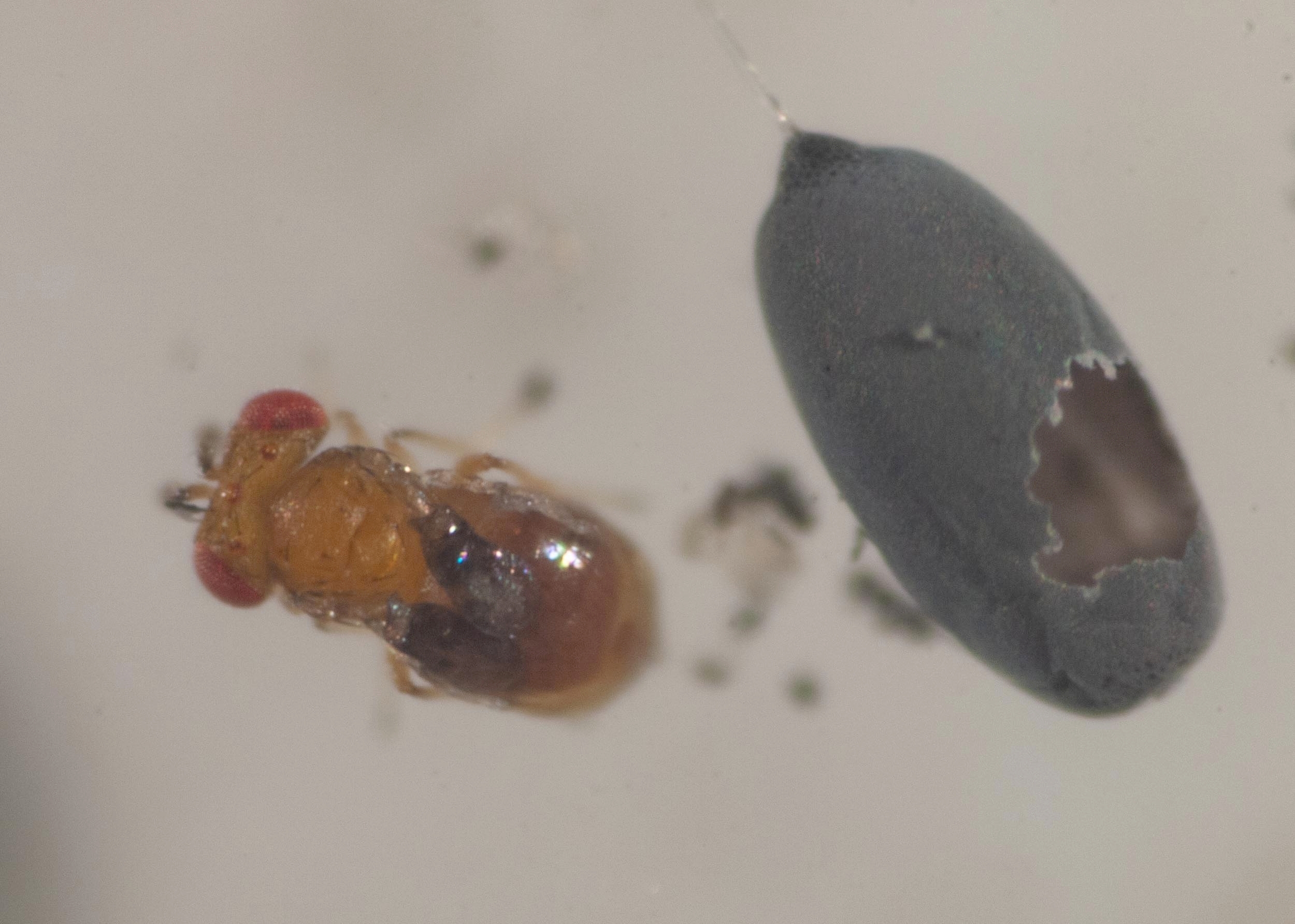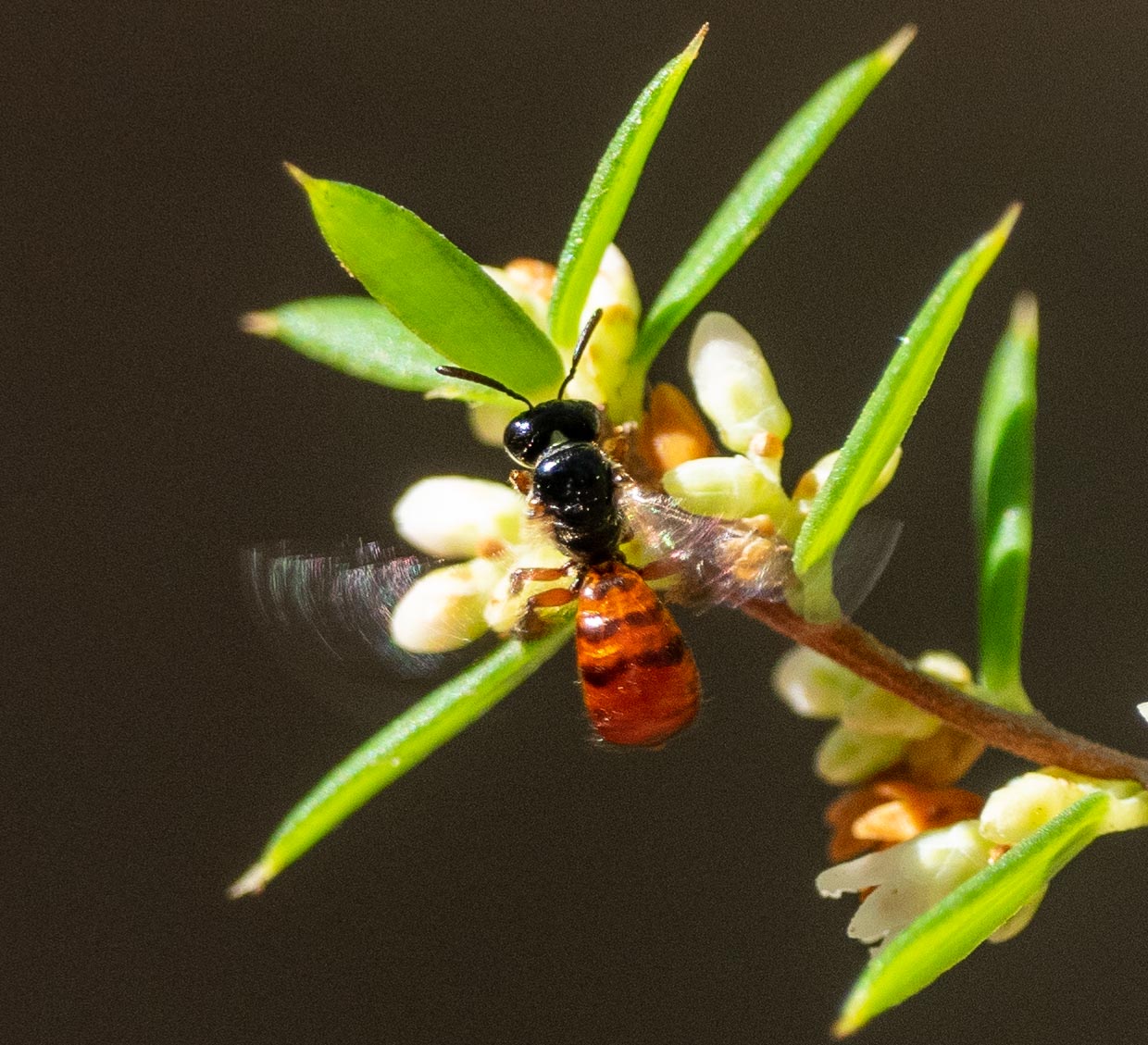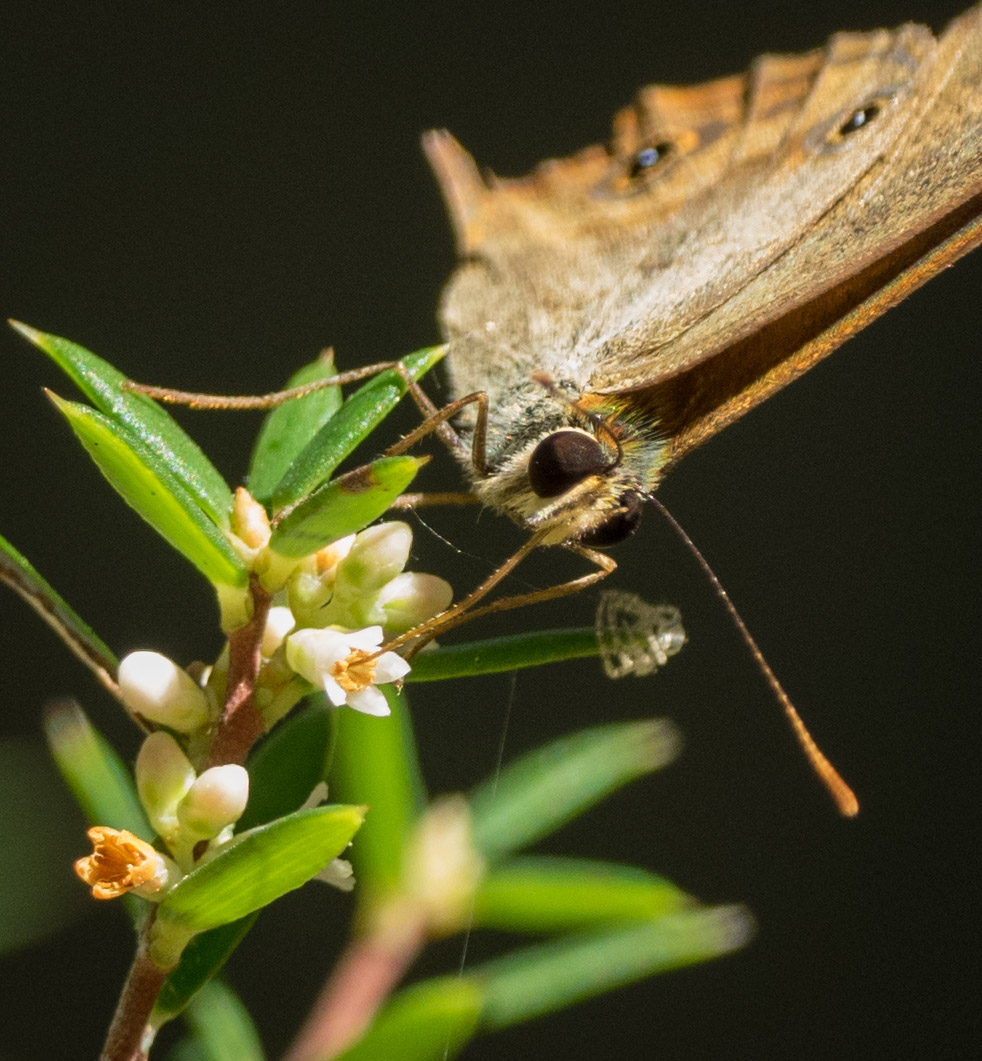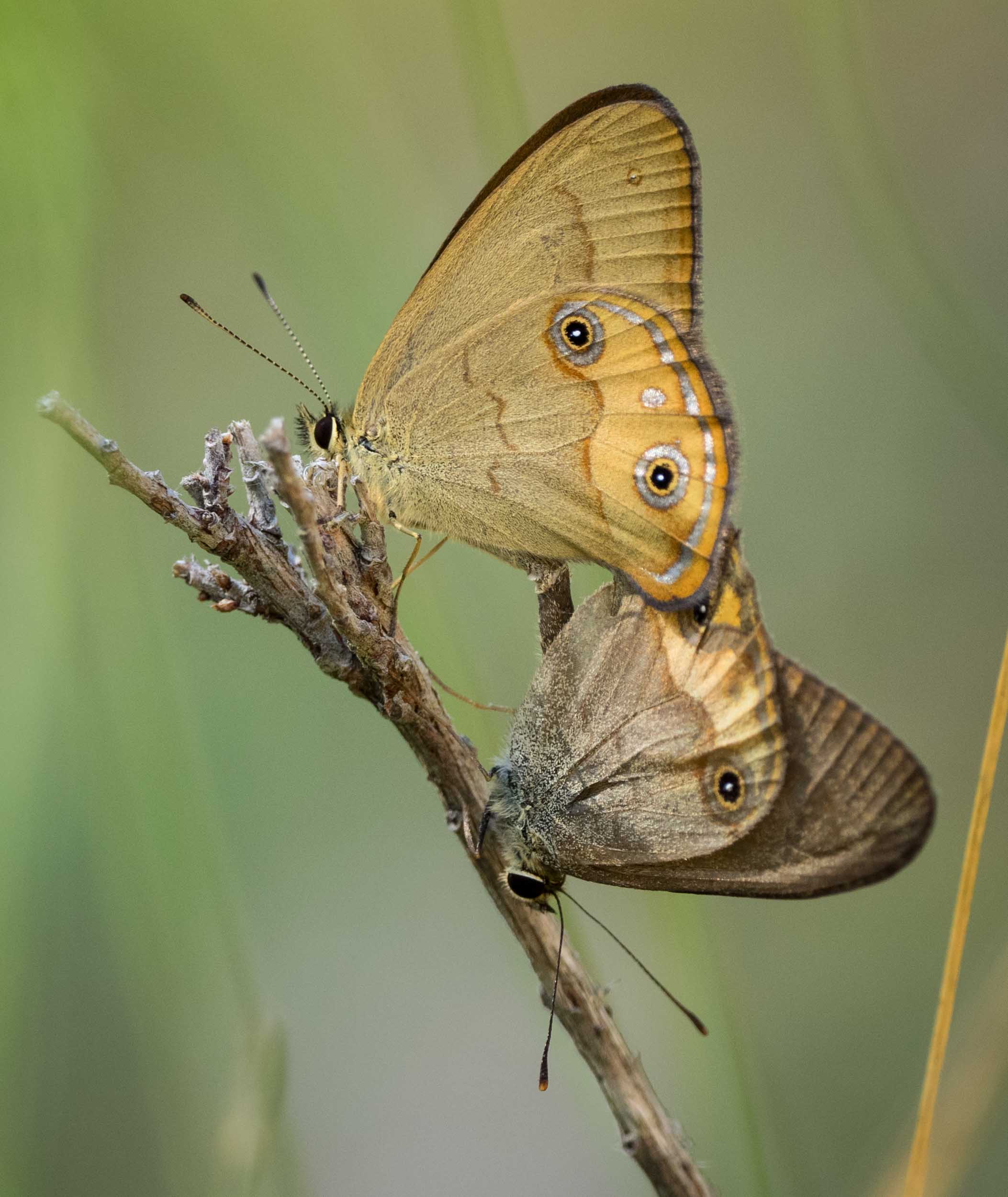Fungi and friends
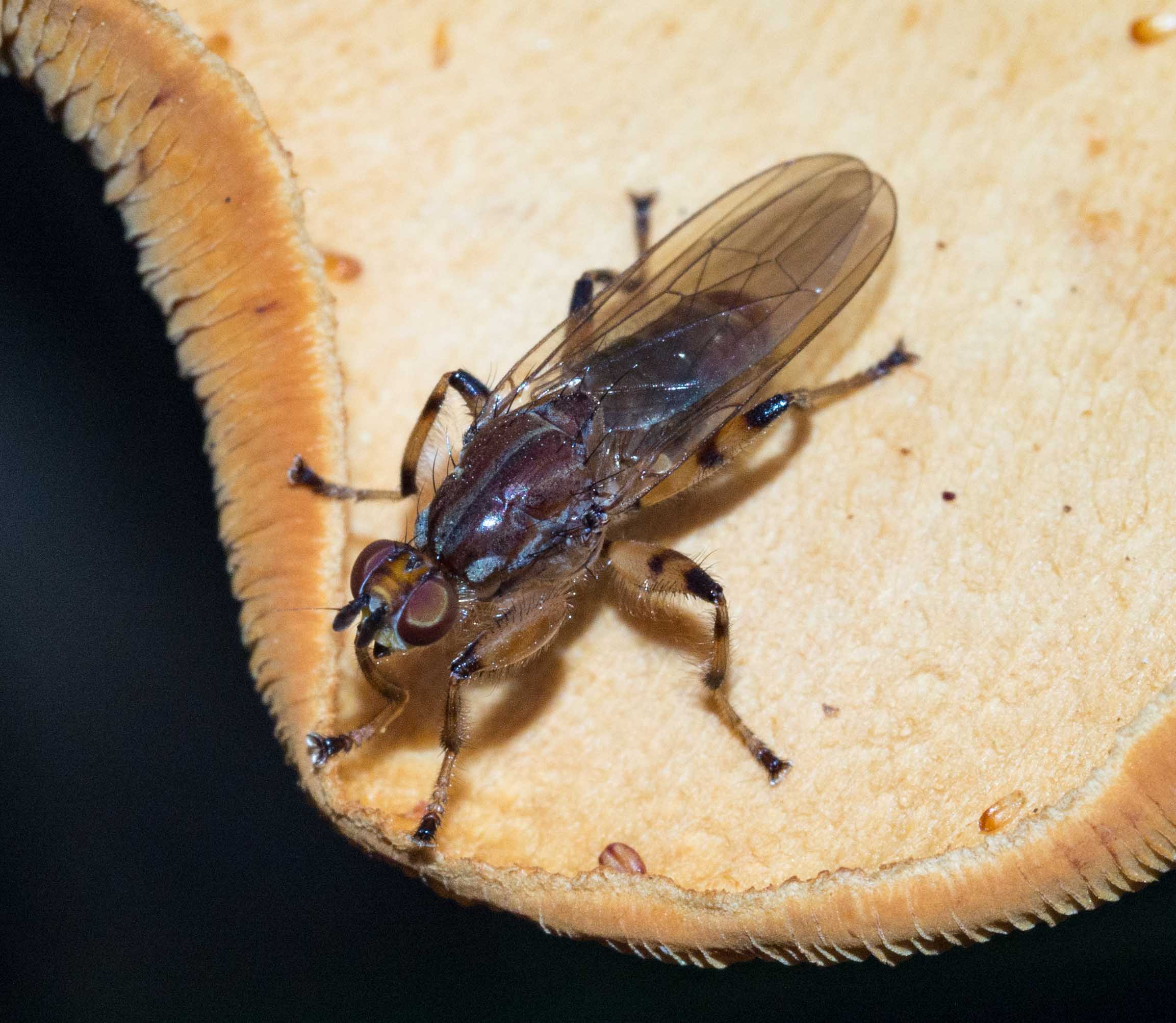
Autumn is a relatively quiet time of the year at home. Few plants are flowering and several of our home bird species have departed to spend winter in northern climes. However this is the season of fruitfulness when it comes to fungi. In some years, we've sighted over 150 different species of fungi on our 5ha block. Mushrooms are a welcome food source for some of our mammals. But we've observed interesting interactions between fungi and other species - in particular flies.
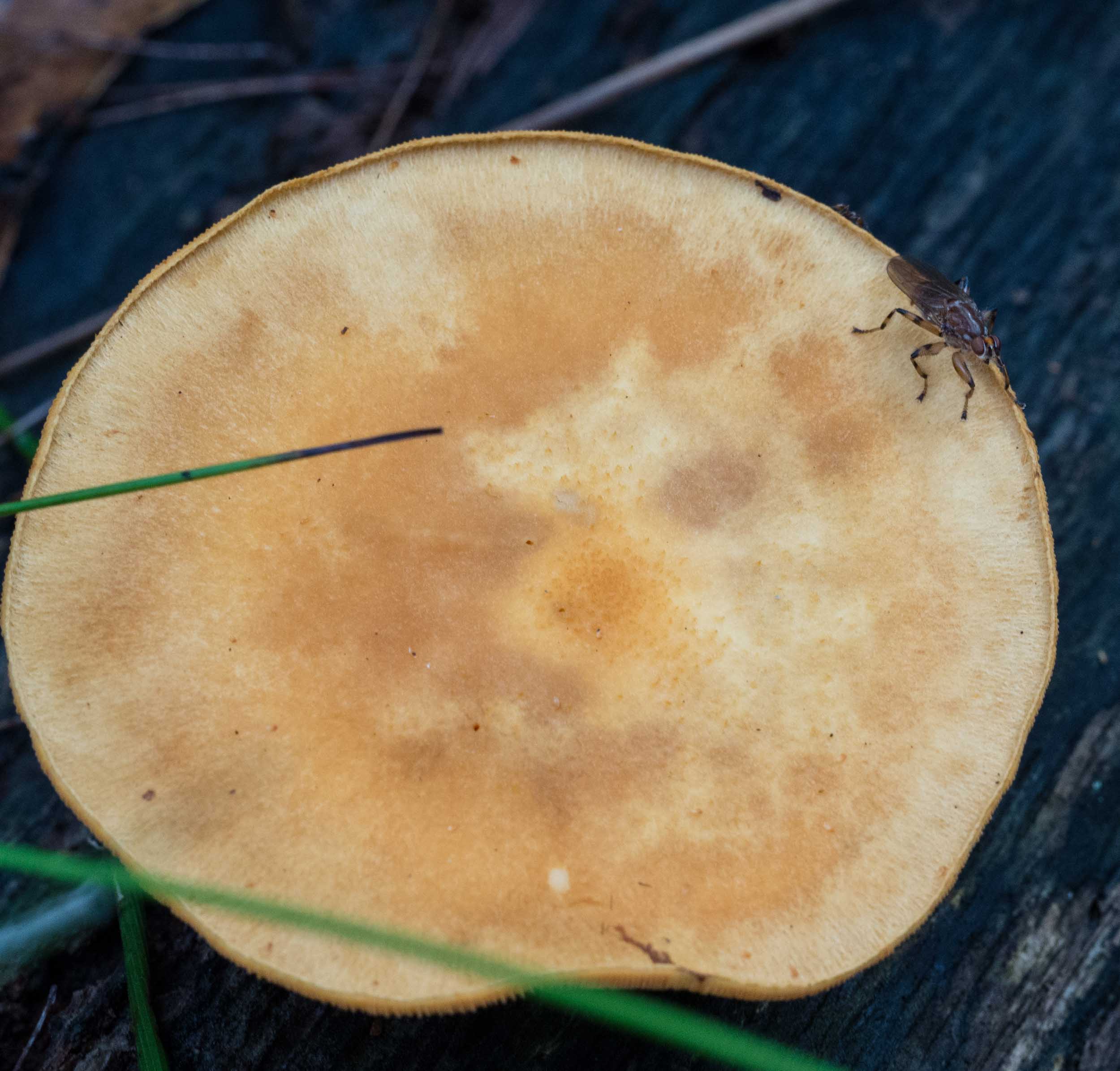

Males of the fungus fly (Tapeigaster annulipes) take up residence on the caps of various species of agaric mushrooms - in this case the Spectacular Rustgill (Gymnopilus junonius). They'll stand there, barely moving, for hours on end. However they are not using the mushroom as a convenient resting place. Rather they are actively guarding it from invasion by other males of the same species. You'll occasionally see another male attempt to land on the cap and drive off the resident fly. A brief but furious fight ensues, finishing in one of the males departing and leaving the other standing triumphantly on the cap. In this movie I attempted to intimidate a resident male with a stick. The plucky little fellow wasn't going anywhere!
So what makes the mushroom such a prized location for these flies? Well, female fungus flies seek out the mushrooms because they are an excellent food source for their larvae. They lay their eggs on the mushroom's gills and when they hatch, the larvae bore into and consume the tasty mushy. So a male fly that mates with a female landing on his mushroom acquires parenthood of her offspring. Worth the fight!
A female fungus fly checking out the gills of this mushroom as a potential site to lay her eggs.

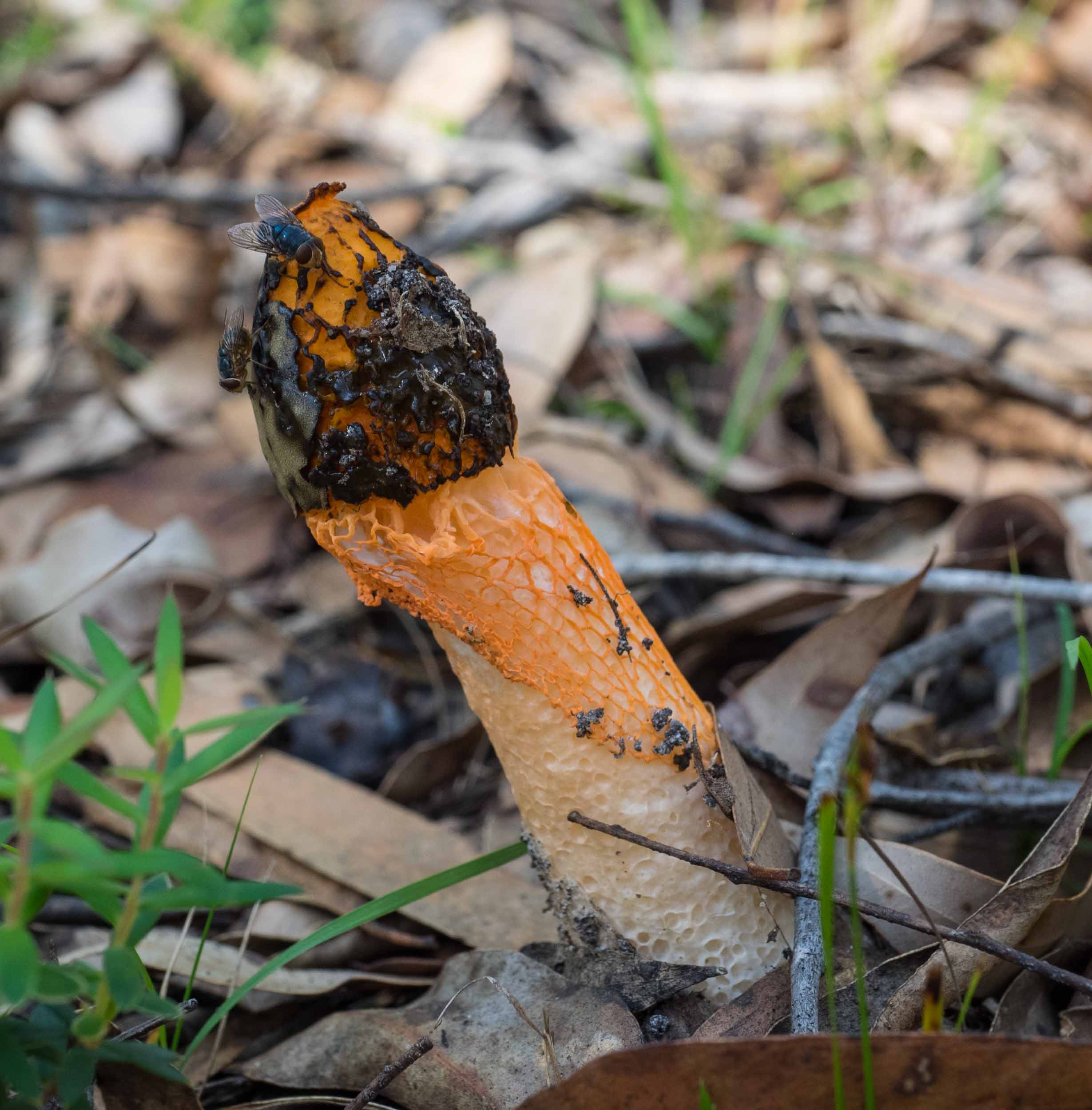
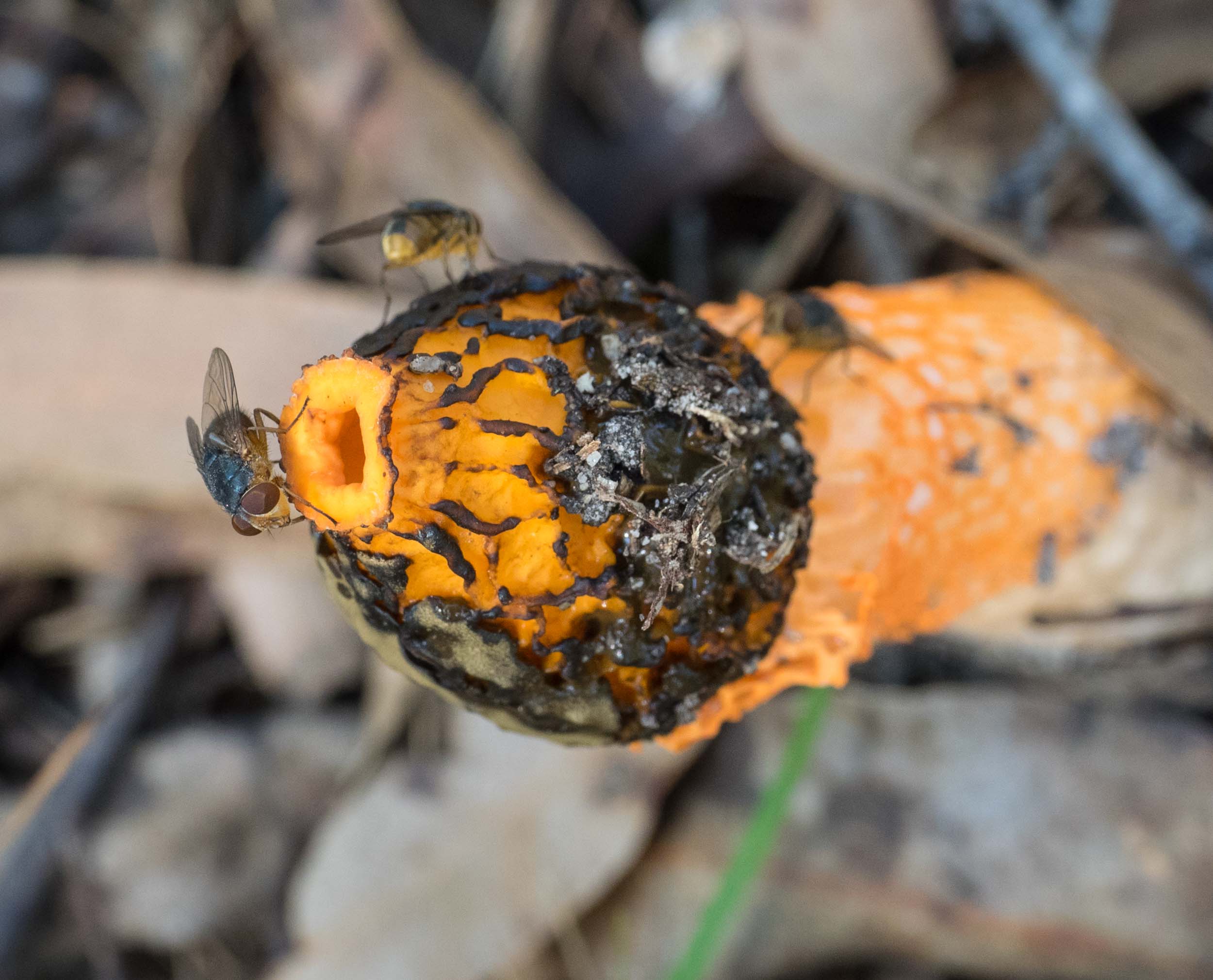
Here's another example of a fungus/fly interaction. These impressive, if somewhat pornographic looking fungi are the fruiting bodies of the Crinoline Stinkhorn. The species name Phallus indusiatus says it all really, doesn't it? As well as an impressive morphology, this fungus has a striking odour - as you can surmise from the common name. Definitely very fetid and apparent from at least 10 metres away. The smell emanates from the appropriately coloured brown slime on the head, which also bears the fungal spores. People might find the odour disgusting, but blowflies and some other insects are strongly attracted to it. Tastes good too, apparently, and the flies eagerly consume it. The fungal spores are released from the blowfly after the slime passes through its digestive tract. So the fly does good things for the fungus - disseminating its spores.

